Written By: Adina Vega
Edited By: Genevieve Hammang

The outside of MONA is just as colorful and bright as the inside.
Do you ever wonder what New York City or Las Vegas would look like without neon lights? What would urban landscapes be without the mesmerizing, illuminating, and colorful glow that neon lighting has provided since the late 1800s? One unique museum in Glendale, CA, has ensured that the education, preservation, and display of neon lights can be shared with the world. Through exhibitions and workshops, this museum has highlighted (pun intended) the significance of this incredible invention.
The Museum of Neon Art (MONA) was founded as a 501(c)(3) non-profit art museum in 1981 by artists Lili Lakich and Richard Jenkins as an urban revitalization project initiated by the City of Glendale. Lilii, who attended Pratt Institute’s School of Art in Brooklyn, New York, mentioned in one interview that when she discovered “drawing with light,” it felt like she had suddenly uncovered the secret of the universe. She donated her studio for the museum’s exhibitions for 12 years until MONA relocated. Because of their passion for neon art, the museum has become a cultural hub for artists and visitors interested in this medium.
MONA is committed to preserving, collecting, and showcasing neon art, electric media, and kinetic art. The museum honors neon as a unique art form essential to commercial and artistic history. Preserving neon signs is crucial, as many cultural landmarks risk being lost to time and urban redevelopment. Neon has dramatically influenced the visual identity of cities, particularly in the 20th century, representing everything from Hollywood glamour to local businesses and Americana.
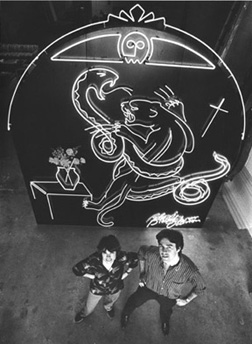
Lili and Richard Jenkins co-founded the Museum of Neon Art (MONA) in 1981. Behind Lili is one of only two paintings she ever created.
Through education and inspiration, the museum offers programs, workshops, and tours to encourage new generations of artists and designers to explore neon as an artistic medium. There is also a gift shop where patrons can purchase neon art and collectibles.
Why is it important to preserve neon signs? Although they blend into the metropolitan background, MONA Executive Director Corrie Siegel explains that part of it relates to memory and what the signs reveal about the history of our communities. Preserving them requires a great deal of skill and expertise, which is why many signs from the golden age of neon haven’t endured. However, L.A. is home to some of the best-preserved neon signs in the country.
For over 30 years, MONA has promoted an appreciation for historic neon signage through its LUMENS project in Los Angeles and its bus tour, the Neon Cruise™. MONA has observed the rise and fall of neon in the sign industry and its current revival among creative artists and commercial designers. The MONA facility features a classroom where visitors can watch skilled neon artisans fabricate and process neon tubes and participate in hands-on classes to learn this captivating art form.
Neon art combines craftsmanship, design, and engineering elements, showcasing how light can create vibrant and dynamic works. MONA collaborates with community members to restore and display vintage signs from iconic locations, preserving a piece of urban history. The museum serves as a vital cultural institution that bridges the gap between art, history, and technology through the glowing medium of neon. It is open Thursday through Sunday, and general admission is $10. For more information, visit its website here.
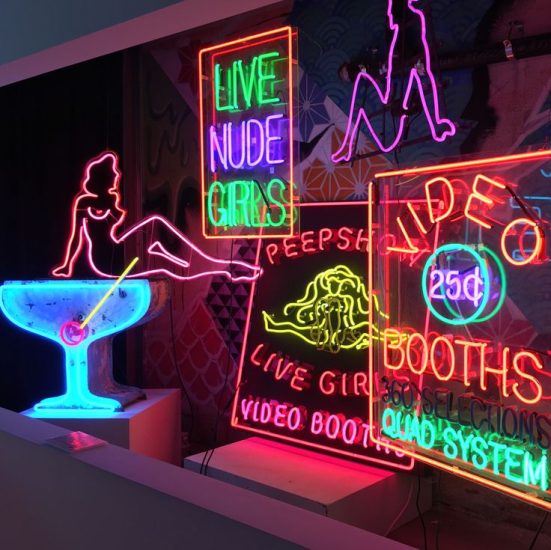
A “spicier” side of MONA’s collection. Check out this YouTube video for a fun virtual tour of the museum.
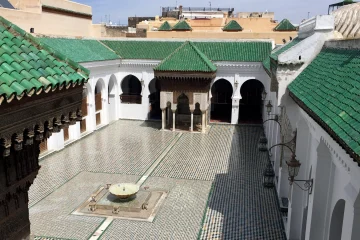
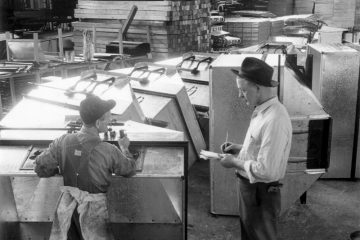
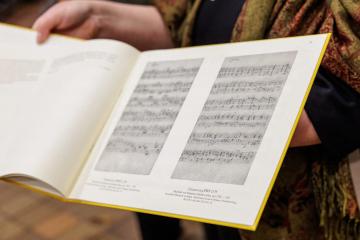
0 Comments